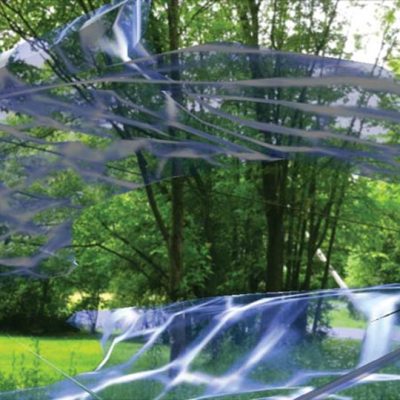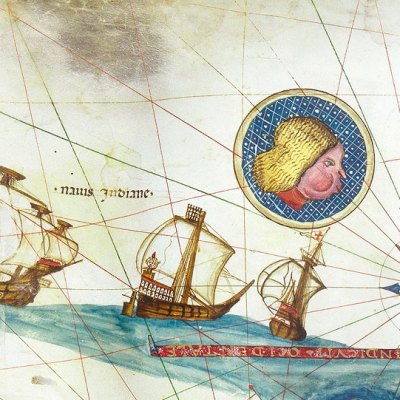News of the death of Professor Anne Crookshank has brought sorrow but not surprise: ill health in recent years meant she was little seen in public, living quietly in Ramelton, County Donegal. That retreat into privacy means her immense contribution to Irish art history over more than half a century is perhaps less familiar to younger generations than should be the case.
The contribution was three-fold, beginning in 1957 when, after holding positions in the Tate Gallery and the Courtauld Institute’s Witt Library, she was appointed Keeper of Art at the Belfast Museum and Art Gallery (now the Ulster Museum). Anne later admitted that, at the time, she had been conscious of her ‘sad lack of knowledge of Irish painters of all periods’ and found it a drawback that she did not know the names of artists whose pictures hung on the walls of houses she visited. She soon began to rectify this, as well as ensuring the burghers of Belfast enjoyed the best of contemporary art, although she would recall not everyone in conservative Ulster necessarily shared her tastes. It is sometimes forgotten that she was as much engaged with the present as the past: Anne Crookshank was one of the original backers of Rosc, the groundbreaking series of international art exhibitions held in Ireland from 1967–88. Her legacy in Belfast extends to collections of both historical and modern work, each of which has withstood the passage of time.
Meanwhile, she had embarked on the lifetime project of educating herself and everyone else in the subject of Irish art history. This began in 1963 with an exhibition of landscape paintings shown in both Belfast and Dublin. One of her collaborators on the project was the late Desmond FitzGerald, Knight of Glin who thereafter became a regular partner, beginning with another show, this time of Irish portraits, seen at London’s National Portrait Gallery, as well as in Dublin and London in 1969. As they worked on the exhibitions, Anne and Desmond became increasingly aware of the depth of their own ignorance on the subject of Irish art which at the time of the landscape show was such, she remembered, ‘that a panoramic view of Glin which we brightly described as J.H. Brocas, was discovered after cleaning for the exhibition by Alexander Dunluce to be signed and dated J.H. Mulcahy 1839 – a Limerick painter of whom we had never heard.’
Professor Anne Crookshank (b. 1927), 1994, Laurence Coulter. National Museums Northern Ireland

It was as much to inform themselves as everyone else that the pair embarked on writing a history of Irish painting – astonishingly the first such work to appear since Walter Strickland’s Dictionary of Irish Artists of 1913. The Painters of Ireland c. 1660–1920 was published in 1978, with a second, much revised edition appearing in 2002. Together with a companion volume devoted to Irish watercolours (1994), these monuments of scholarship and industry completely transformed the understanding and appreciation of Irish art, placing it decisively within a European context and giving it more attention than had hitherto been the case.
The same was also true of Anne’s third great achievement: the creation of Ireland’s first art history faculty at Trinity College, Dublin, established with her appointment at its head in 1966. As many of the faculty’s alumni will confirm, she proved to be a natural teacher: passionate, precise and personable. First-year students were initially intimidated, but later charmed by her forceful manner. She would begin with an exposition on the language to be employed in essays, advising a room of predominantly Roman Catholic undergraduates, ‘She may be Your Lady but she is not mine: the correct term is the Virgin.’
Anne Crookshank wanted those who took her courses to be as engaged by the subject as was she, and encouraged them to analyse initially with the eye, then with the mind. Like Desmond FitzGerald, she believed in the importance of connoisseurship, of learning through looking: it was by this means that she had been able to unravel the tangled threads of Irish art history and to provide future scholars with a clear narrative. The whole subject has moved an enormous distance in recent decades and is now both well established and well informed. None of this would have been possible without the pioneering contribution of Anne Crookshank.
Anne Olivia Crookshank, Art Historian and Fellow of Trinity College Dublin (1927–2016).



